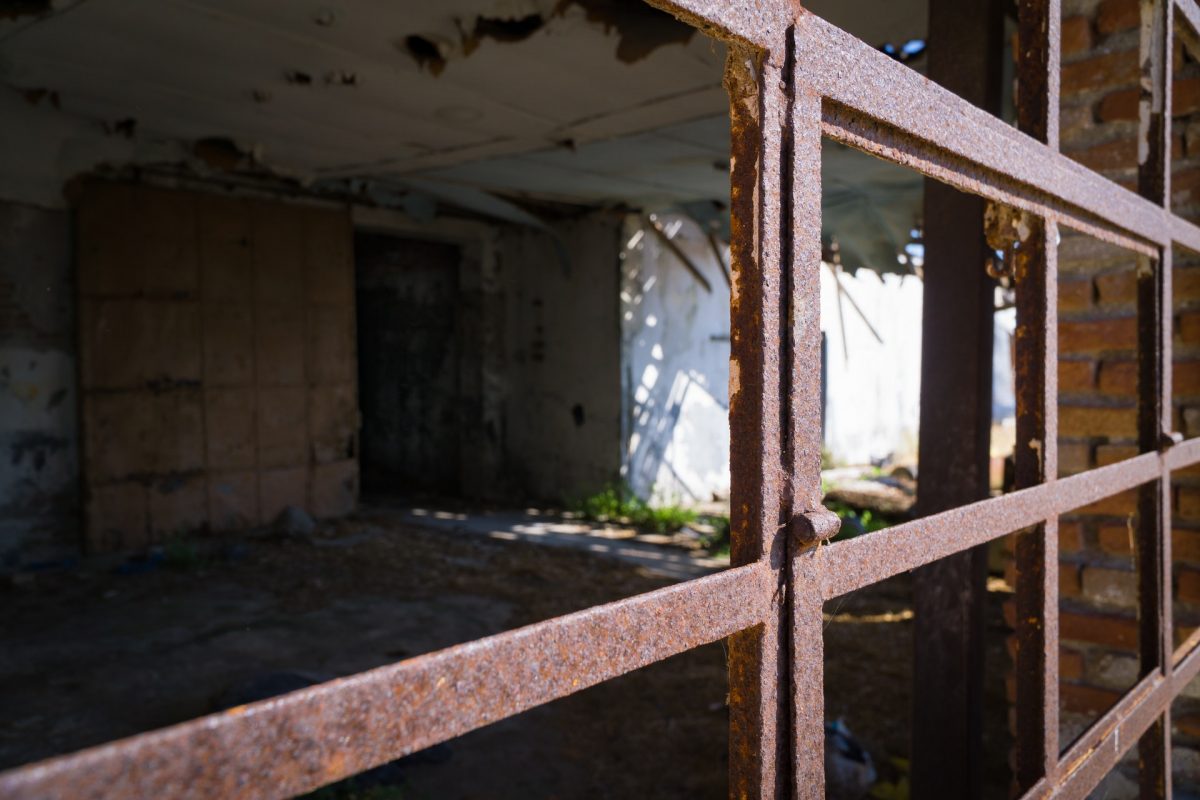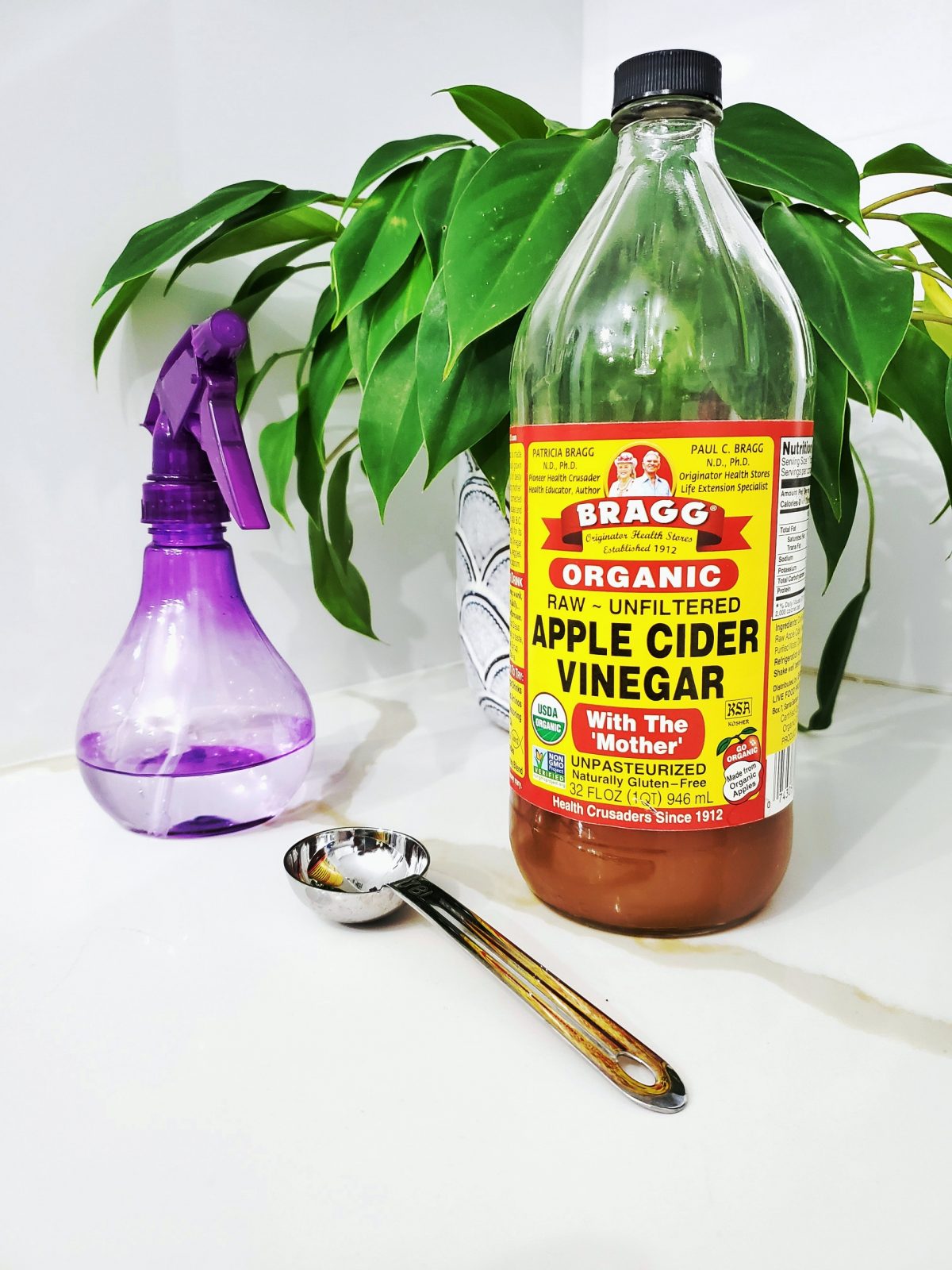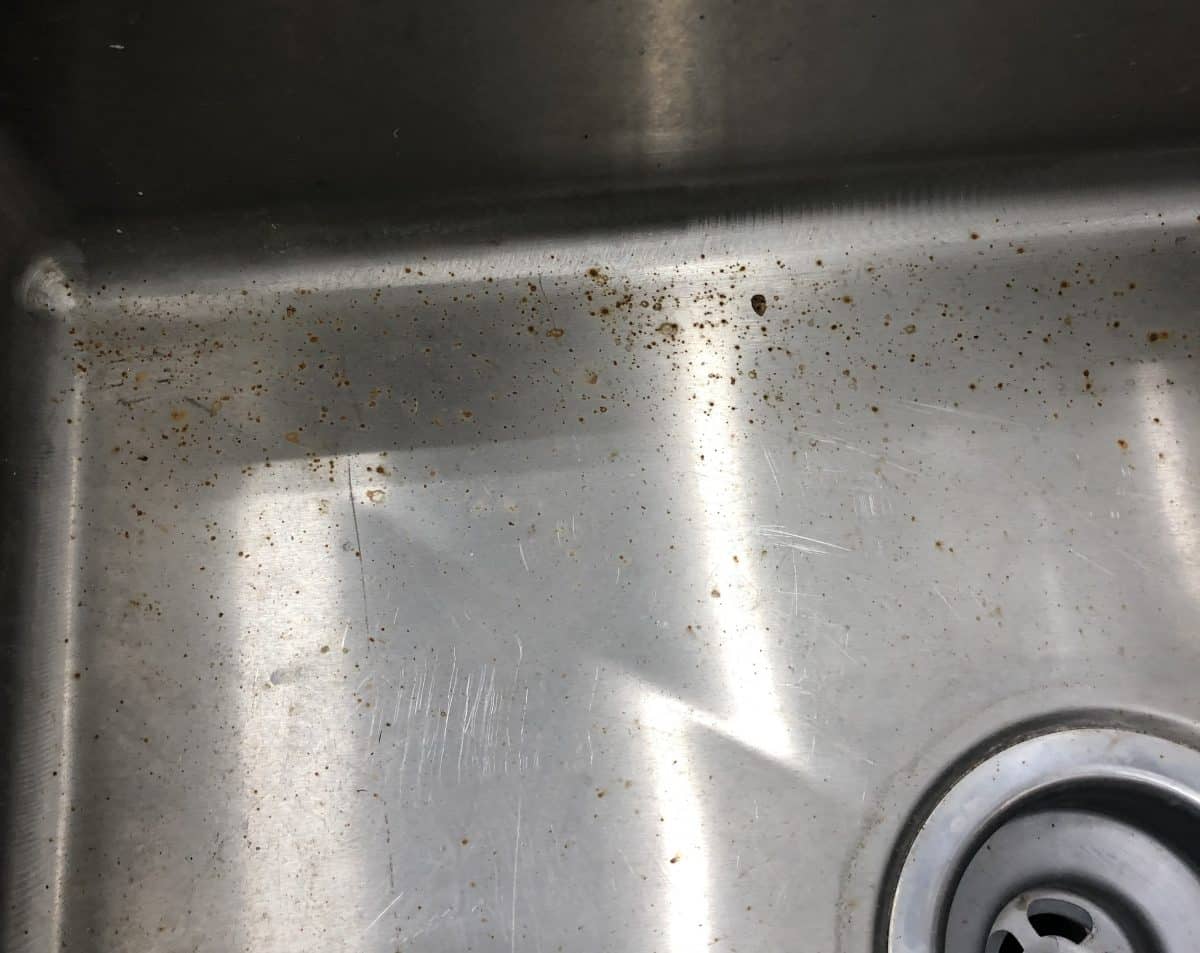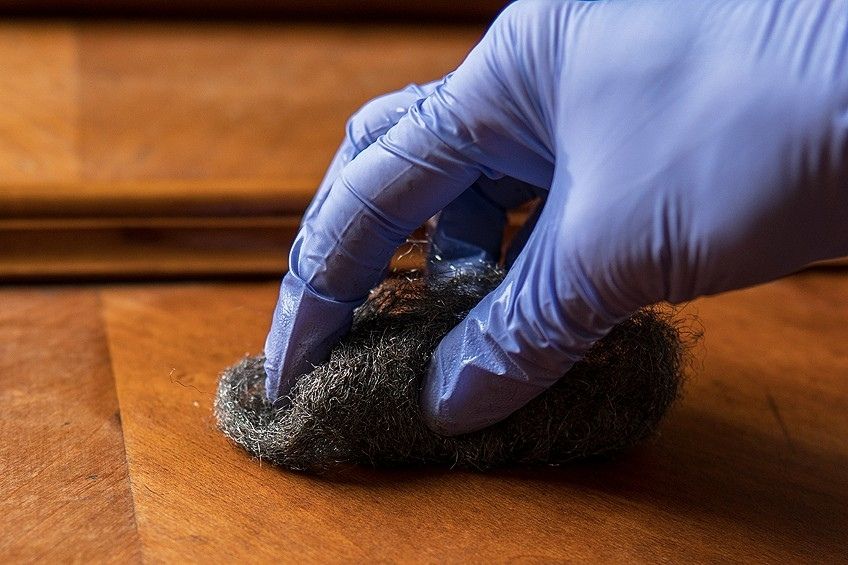INTRODUCTION

No matter how well you maintain the items in your home, notably door knobs, knockers, and handles, they will corrode with time. Steel items in your home will rust and become brittle, which at that point they will need to be replaced.
When iron and oxygen react in the presence of water or moisture in the air, rust occurs. Surfaces that rust fast are usually those found in kitchens and bathrooms, where moisture is pervasive. Rust stains, on the other hand, can cause damage to surfaces such as wood, glass, steel, and tile.
While you have the option of discarding rusted metals, there are still cost-effective methods for restoring them. If you’ve noticed rust on some of your utilities, here are several methods on how to remove rust on different kinds of surfaces.
1. How To Remove Rust Stains from Tiles?
Tile is a common material we use to finish our kitchen floors and bathrooms. It gives off a cleaner and simpler appeal which not only enhances the interior of the house but also makes it look brighter and elegant.
However, cleaning tile surfaces properly can be a bit challenging. Depending on the quality, some tiles tend to crack when acted on by a strong force. It can also accumulate rust stains which is the most common problem that individuals face in their kitchens or other moist places.

Metal furniture, home décor items, LPG cylinders, cutlery, and other metal objects can cause rust stains on the floor. Rust is caused mostly by hard water, and it makes your flooring look dirty and untidy. Furthermore, rust can damage the tiles, resulting in cracks.
The good news is that you can remove rust stains on tile flooring using 2 commonly used home cleaning remedies: Vinegar and Lemon.
Vinegar

Vinegar is the most powerful home cleanser. The acidic nature of vinegar, whether it’s a mineral deposit, grease, or rust, may remove all of these stubborn stains quickly.
Here’s how to do it in 3 simple steps:
- On the rust stain, pour 2-3 teaspoons of vinegar.
- Allow it to settle for 3-5 minutes.
- Wipe down the floor with a clean, soft cloth.
Lemon

Do the same procedure until the rust stain on the floor will start to go away.
Lemon is a citric acid-rich fruit. Because of its antibacterial capabilities, it can not only clear charred containers and rust stains from floors, but it can also destroy bacteria. Simply follow these steps on how to remove rust stains using lemons:
- Get a bowl and mix lemon juice with a small amount of salt.
- Apply at least ¼ teaspoon of the mixture to the rust stain.
- Allow it to settle for 10 minutes. After that, brush the surface with a toothbrush. You will see that the rust stain on the floor begins to fade.
In typical cases, rust stains on tiles are only minimal. The solutions outline is very easy – something that you can do yourself immediately.
2. How To Remove Rust on Stainless Steel?

Stainless steel is widely used in a variety of household products and building materials. It is naturally resistant to rust because it is covered with a chromium film on its surface.
However, if the chromium layer starts to fade, the steel will begin to rust. If you are noticing rust on your pots, pans, knobs, or handles that are made of steel follow these steps on how to remove rust.
- Get two cups of water and pour 1 tablespoon of baking soda.
- Baking soda is non-abrasive; thus, it will gently remove the rust discoloration from the steel. Get a soft-bristled toothbrush and put the mixture into the rust stain with the brush.
- Wipe the area with a moist paper towel after rinsing it.
Restoring objects that are made of steel can help you save a lot of money from buying newer ones. Unless the materials are really old and decaying, following these cleaning tips will help you revitalize your things and make them look good and new again.
3. How To Remove Rust on Laminated Wood Flooring?

Laminate flooring is an excellent substitute for hardwood flooring. It has the same aesthetic attractiveness and durability as hardwood. However, it, like other types of surfaces, can acquire stains, particularly if the floor is not cleaned and maintained on a regular basis.
This is where rust stains and other dirt can accumulate, deteriorating the quality and appearance of the laminated wood. Luckily, there are several simple home solutions on how to remove rust. You will be able to do the process properly without causing harm to the floor surface as long as you are ready to put in the effort. Here’s how it works:

- To remove any surface dust or filth, moisten a clean sponge with warm water and gently rub the affected floor in circular motions.
- Fill a big plastic jar with 1/4 cup cream of tartar powder. Pour 2 tablespoons of lemon juice into the mixture and stir the ingredients until it forms a paste.
- Apply a coating of the paste to the rust stain on the floor with a spoon or sponge.
- Put a bit of the mixture into the sponge and scrub the paste into the surface until the rust is totally removed.
- Get a damp cloth and wipe away any paste and rust residue on the floor surface. Once done, clean the floor with a dry microfiber cloth.
- Note that: Cleaning a laminate floor using abrasive chemical cleaners, soap detergents, scouring brushes, steel wool, wire brushes, or steam cleaners will peel the protective covering and increase the probability of stains.
To remove rust discoloration, many people suggest using nail polish remover. While it will remove the rust, it will also most certainly peel the laminate.
You now know the different methods on how to remove rust. Whatever rust removal procedure you choose to attempt, always perform a small section testing to determine which technique is most likely to work. In cases where the rust stains are so largescale and difficult to remove with household solutions, consult a professional cleaner and research for commercial rust removal products available.
